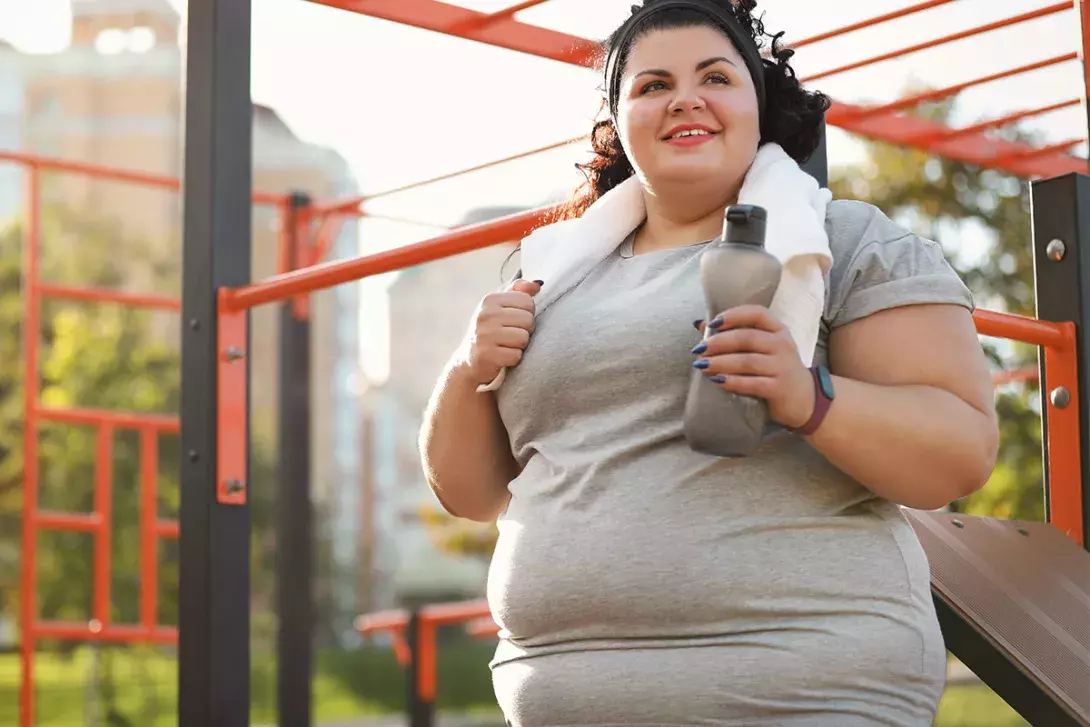You might be wondering what’s going on. Why is your back always tense? Why do you feel these sudden jolts of pain in your hip? You’re not the only one. Millions of people suffer from lower back and hip pains every day.
In this article, we’ll discuss the four most common causes of lower back and hip pains. We’ll also provide you with some tips on how to prevent and relieve these pains. So, sit down, relax, and let’s get started.
Reverse hyperextension machine
If you’re looking to target both the lower back and hips, then a reverse hyperextension machine might be a great addition to your workout regimen.
This piece of equipment is specifically designed to strengthen your lower back and hip muscles. The reverse hyperextension works by lying face down on the machine with your hips supported. You then use a cable or band to pull your legs up towards your chest, stressing out not only the lower back but also the lower abdominal muscles, quads, glutes, and even the hamstrings.
It’s important to find the right resistance level when performing this exercise as it can be quite intense, especially if you’re already dealing with pain in these areas. Make sure to always start slow, increase gradually, and practice proper form so that your muscles are working correctly and not over-taxed.
The multifidus muscle runs along the spine and helps you stabilize your trunk and control spinal movement. When this muscle is weak, it can lead to decreased flexibility in the lumbar spine, hip pain and tightness, stiffness and lower back pain.
In order to strengthen the multifidus, it’s important to focus on stretching and strengthening exercises such as bridges, planks, clamshells and bird-dogs. Additionally, foam rolling can help reduce tension in the muscle as well.
If you’re unsure how to perform these exercises correctly or properly assess your issues, I recommend working with a physical therapist who can provide instruction and guidance. They will be able to customize a plan that meets your individual needs.
The TFL muscle is a relatively small, but important one—it starts at the front of your hip, wraps around your hip joint, and then inserts at the back of the thigh. It’s an important stabilizer for your entire lower body, helping to keep your hips and knees in alignment when walking and running.
When this muscle gets tight, it can lead to pain in your lower back, hips, or even all the way down into your knees. That’s because it affects how much range of motion you have in your hip joint and can cause overcompensation in other muscles, resulting in pain.
It’s a good idea to foam roll or use a lacrosse ball to massage this muscle. You can also do specific exercises such as clamshells or side-lying hip abductions that will target the TFL specifically and help stretch it out. When you do this regularly, you’ll start to notice a difference in how you move and feel.
Piriformis syndrome describes pain in the lower back and hip, caused by the sciatic nerve being compressed against the piriformis muscle. Fortunately, there’s a quick test that can help diagnose piriformis syndrome: the failed seated rotation test.
To perform this test, sit on a chair and cross one leg over the other. Begin to twist your torso to the same side as your crossed leg, keeping both feet flat on the ground. If you experience pain in your buttocks or hip area when attempting to twist, it may indicate piriformis syndrome.
This test is relatively easy to perform and can offer insight into what’s causing your lower back and hip pain. But if it confirms that you have piriformis syndrome, it’s important to consult a doctor for further investigation and treatment options.
Conclusion
When it comes to lower back and hip pains, it’s important to listen to your body and understand the symptoms. The four things you need to know are: the causes of lower back and hip pain, how to prevent them, how to get relief, and when to see a doctor.
Lower back and hip pain can be caused by a variety of things, such as poor posture, lack of exercise, and injuries. However, there are ways to prevent these problems, such as by maintaining a good posture, exercising regularly, and using the right equipment when exercising.
There are many different ways to get relief from lower back and hip pain, such as using heating pads, massages, and over-the-counter pain relief medication. If the pain persists or worsens, however, it is important to see a doctor.












